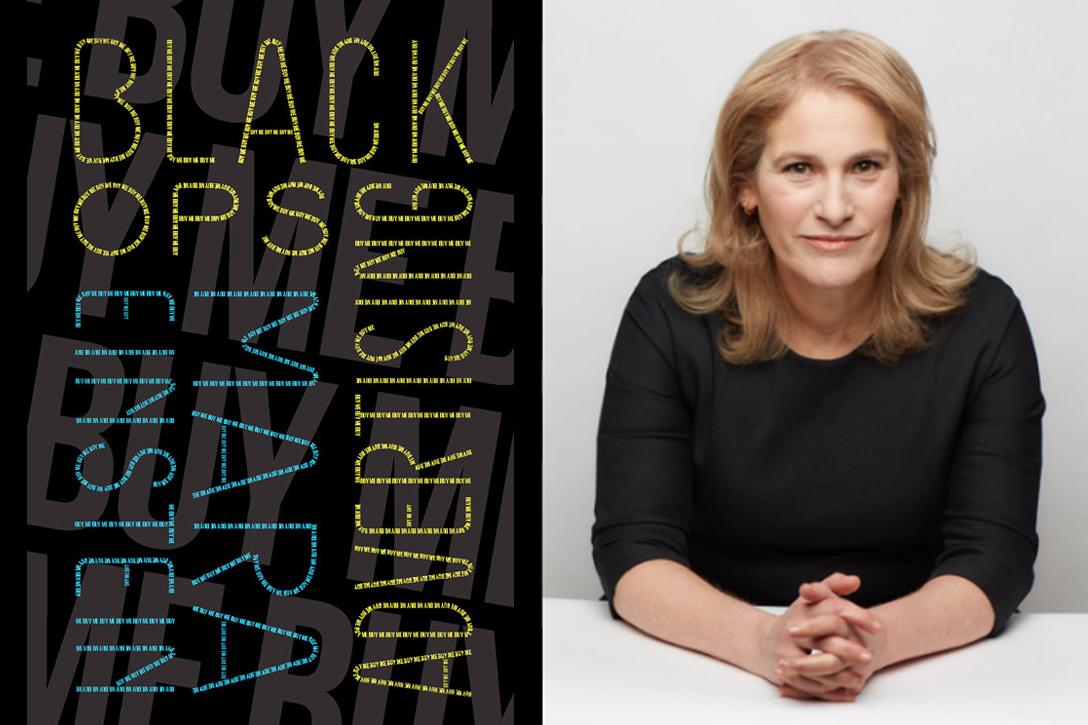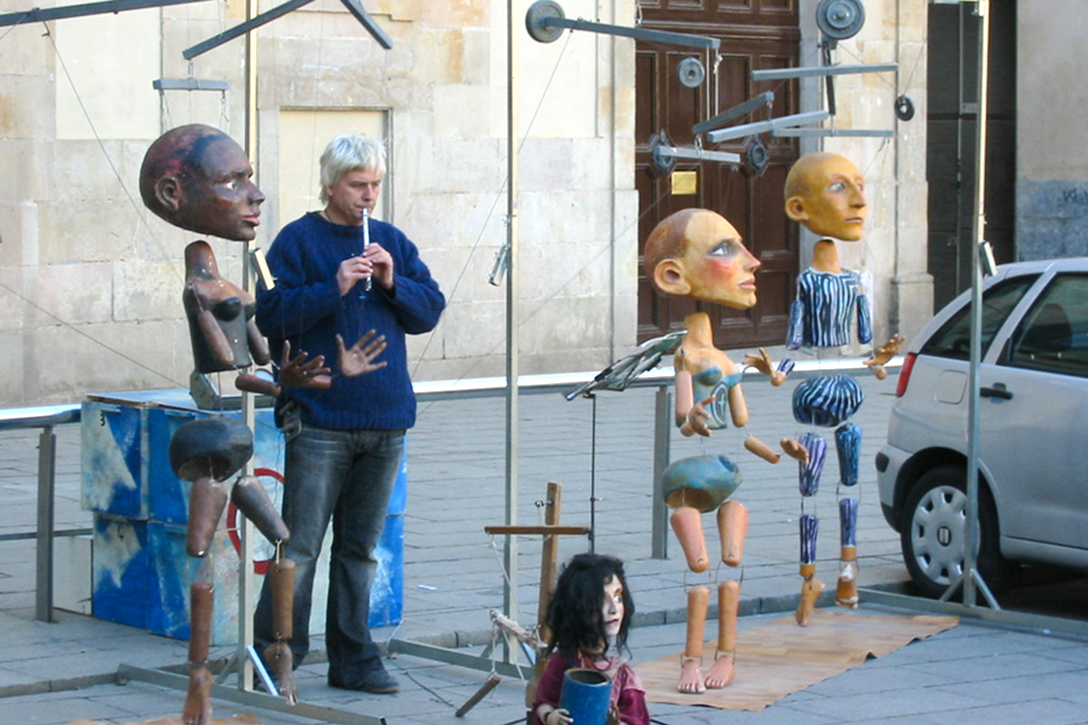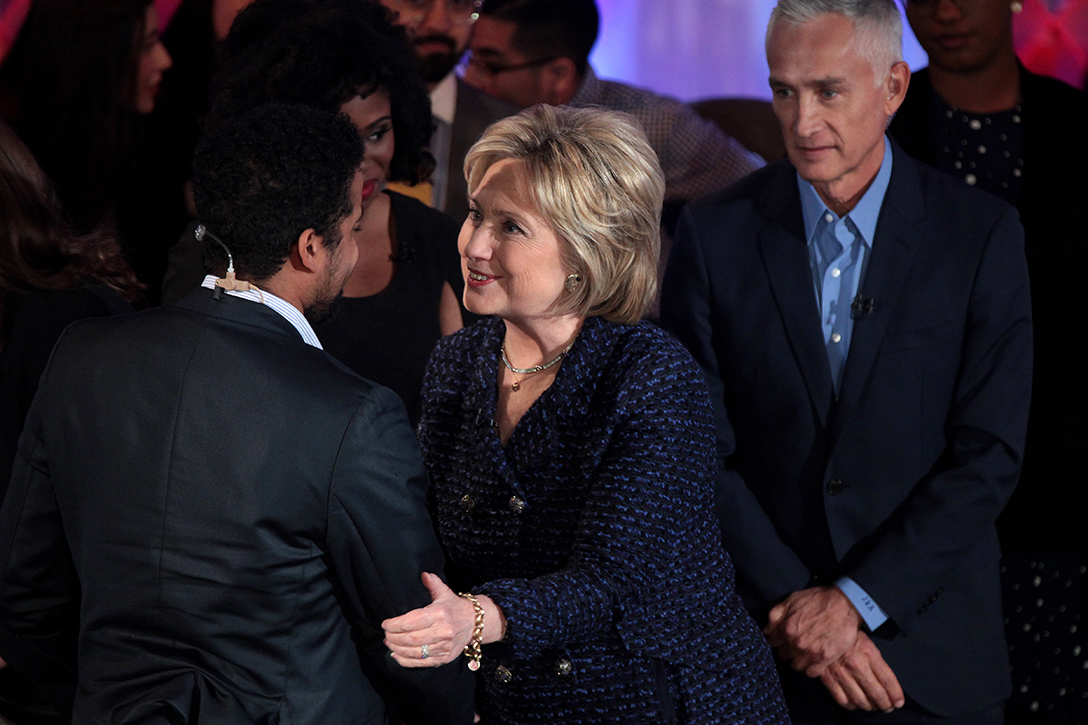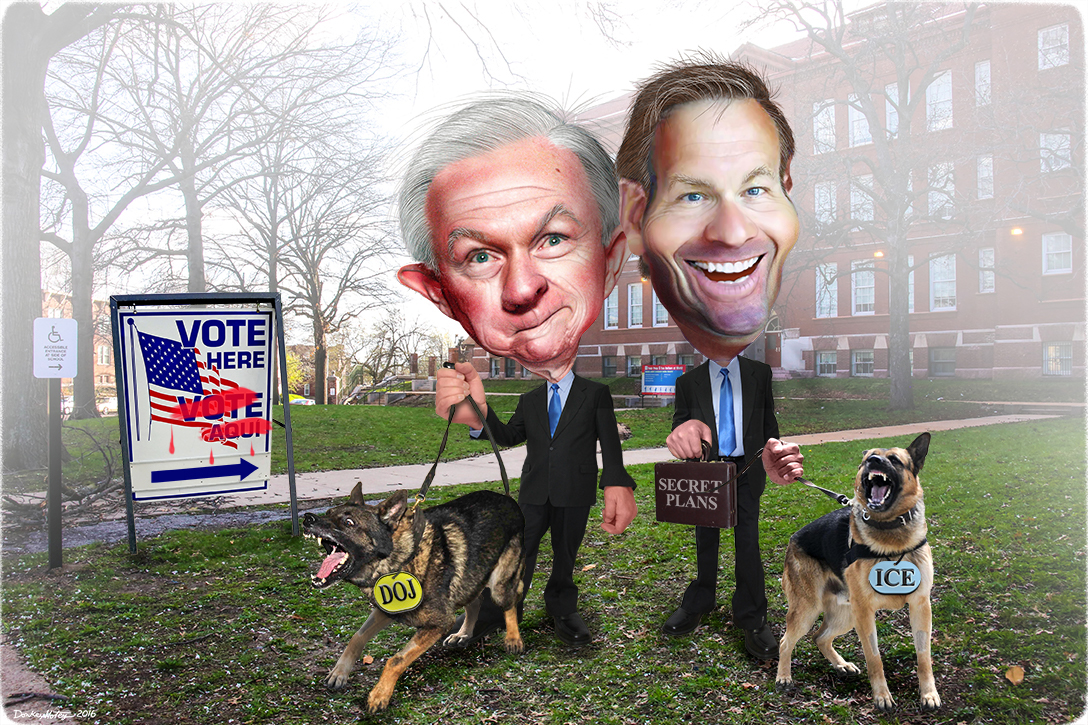
Fake News Brought to You by the Ad Wizards of Corporate America
Fake news is just one part of the story. Advertising itself is now considered “content” and directed at us in new and insidious ways.
A Nonprofit, Reader-Supported News Organization

Fake news is just one part of the story. Advertising itself is now considered “content” and directed at us in new and insidious ways.

Newly released FBI documents reveal a previously unacknowledged investigation into the 9/11 network which calls into question official 9/11 Commission conclusions.

CIA attempts to deceive the public are being thwarted, thanks to the Internet, the Freedom of Information Act, Edward Snowden, Chelsea Manning, and intrepid journalists like Jason Leopold (a “FOIA terrorist”).

An introduction to what lies beneath the relationship between the CIA and the press — a vast underworld of covert pressure, seduction, and deception aimed at controlling media coverage of the most vital national security issues. Fake news is not new.

Trump’s Nuclear Pledge ; Ecuador Closes Environmental Organization Amidst Further Civil Crackdown ; Trump’s Casting Call Hiring …and More Picks

A major film critic questions the power of movies — or any art form — to move the needle of public opinion, for better or worse.

Spain’s Innovative Way to Feed the Poor ; The Elderly and Student Loans ; Saudi Arabia to Stop Using Cluster Bombs in Yemen …and More Picks

Seventy-five years after the attack on Pearl Harbor, we still don’t know whether the Japanese strike could have been prevented because the FBI is refusing to release key documents. Is the Bureau hiding a huge intelligence blunder?

Religious language and iconography, coupled with gender and identity politics may be the clearest lens through which to view what happened in this election.

Trump has chosen Rex Tillerson, CEO of ExxonMobil, to be the next Secretary of State. Exxon, a quasi-state with its own foreign policy, has oil ambitions in the Arctic worth half a trillion dollars — ambitions a SofS can assist. Tillerson is one of several one-percenters who will shape policy in an administration made possible by working people struggling with severe economic hardship. Can they see the problem here?

Thanks to the Supreme Court’s gutting of the Voting Rights Act, Republicans have been able to pass laws enabling them to pick an electorate more to their liking. Still, there’s more work to be done, and WhoWhatWhy is offering a few innovative ways to ensure that only the “right” people vote.

Trump to Continue Reality TV Career ; Revolving Door and Rubber Stamp Mentality of Gas and Pipeline Production ; Drug Overdose on the Rise …and More Picks